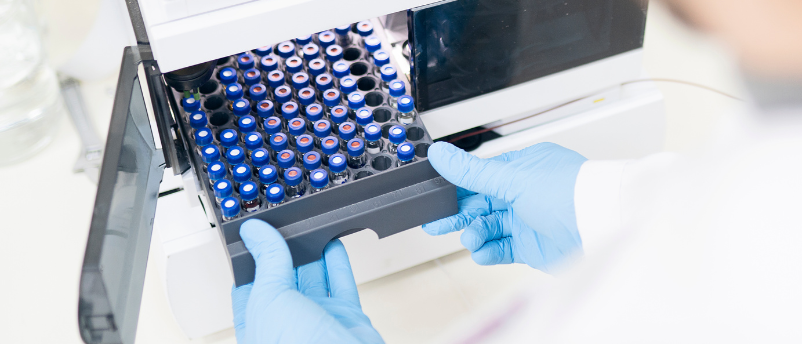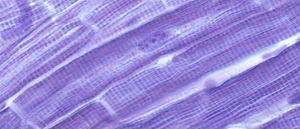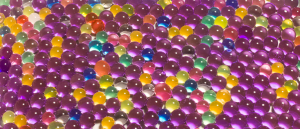
BioTechniques News
Aisha Al-Janabi

Liquid chromatography coupled with mass spectrometry is a popular analytical tool as liquid chromatography separates different substances present in a liquid sample, which can then be identified using mass spectrometry. Here, we discuss two recent developments in liquid chromatography–mass spectrometry (LC–MS) that enhance the technique for specific applications.
Automated diagnostic tool for drug detection
Researchers have created an automated analytical tool to monitor antidepressants in patients to reduce the risk of side effects. [1, 2]
Liquid chromatography–tandem mass spectrometry (LC–MS/MS) has proven to be an accurate technique to identify and monitor therapeutic drugs in patients with high specificity. However, due to the large sample sizes and the time-consuming sample preparations needed by current mass spectrometry methods, clinicians often rely on qualitative methods such as surveys. To circumvent these limitations, researchers at Brown University (RI, USA) have created an LC–MS/MS methodology with automated steps that can be utilized with a smaller sample size.
The group chose to focus on developing a method to detect antidepressants, explaining that there is a discrepancy between finding a drug that works for each individual and monitoring the abundance of antidepressants in order to prevent side effects. Considering that the percentage of patients who have been prescribed antidepressants has tripled over the past two decades, finding a solution to easily monitor antidepressants in patients is pressing.
The researchers first identified the eight antidepressants that are most commonly prescribed to women (bupropion, citalopram, desipramine, imipramine, milnacipran, olanzapine, sertraline and vilazodone) to refine how LC-MS/MS identifies the drugs and find a way to reduce the required sample size.
After testing different methods and conditions, the research group programmed each step of the process to automate sample preparation. They used a JANUS G3 Robotic Liquid Handler to do so, although commented that this methodology can be paired with different machines.
 Cryo-EM reveals an amyloid protein structure associated with a rare disease
Cryo-EM reveals an amyloid protein structure associated with a rare disease
Solving the structure of an amyloid protein gives new insight into limb-girdle muscular dystrophy type 3 (LGMD D3).
Their method was able to identify and quantify the antidepressants in a 20-µl sample, which is around the amount of blood taken from a finger prick. Additionally, sample preparation was almost entirely completed with liquid-handling robots and the accuracy was comparable to other LC–MS/MS-based techniques.
The team created prototype kits for clinicians, which include the required chemicals and solvents as well as an instruction booklet.
“We designed our method and put together kits so that once the samples have been collected, they can be put in a computer program for a robotic liquid handler, and all the user essentially has to do is take off the caps, press some buttons, and it will go start to finish,” explained Ramisa Fariha, the lead author of the study.
As this method is largely automated and requires a relatively small sample size, the researchers hope it can be widely applied within clinics. “For clinical lab adaptation, you want to reduce the error by humans. The more you automate, the more robustness you get and the more trust there is from doctors,” commented Anubhav Tripathi, the senior author.
The researchers will continue incorporating automation into analytical methodologies, including creating a kit that can detect ovarian cancer.
Quality controlling artificial mRNA molecules
A liquid chromatography–mass spectrometry (LC–MS) based platform has been developed to quantify the structure of artificial messenger RNA (mRNA), which could be applied for quality control in mRNA production. [3, 4]
mRNA vaccines and therapeutics have become more prominent following the success of the COVID-19 vaccines and show promise for treating other illnesses, including cancer and metabolic diseases. To accompany these advancements, effective quality control methods also need to be developed.
mRNA medicines consist of three key components: the sequence, which dictates the synthesized protein; the 5’-capping, which ensures the mRNA is read efficiently during translation; and the poly(A) tail, which reduces the immune response against the foreign mRNA. For a treatment to be effective, all three of these elements need to be functioning; however, there are no methods to quantify all of these elements in one go and characterize the mRNA efficiently.
 Computational modeling takes the guesswork out of developing injectable hydrogels
Computational modeling takes the guesswork out of developing injectable hydrogels
Researchers have developed a computational framework to predict the properties of granular hydrogel matrices.
Now, researchers at the Tokyo Metropolitan University (Japan) and RIKEN Center for Sustainable Resource Science (Saitama, Japan) have developed an analytical platform based on LC–MS with automated software analysis to quantitatively monitor these three key properties of mRNA molecules.
This platform first compares fragments of the mRNA molecule of interest with a similarly fragmented mRNA reference molecule that has been labeled with a stable carbon isotope. Then, automatic analysis confirms the structures using the Ariadne software and a sequence database.
The researchers report that their LC–MS platform can assign the primary structure and then identify small changes in the mRNA molecule compared to the reference. It is also able to collect quantitative information on the 5’-capping group and tail group.
This analytical platform successfully analyzes all three key components of mRNA molecules simultaneously and could be used to efficiently check the quality of mRNA medicines being developed.
The post Tailoring LC-MS platforms for specific applications in drug design and detection appeared first on BioTechniques.
Full BioTechniques Article here
Powered by WPeMatico
